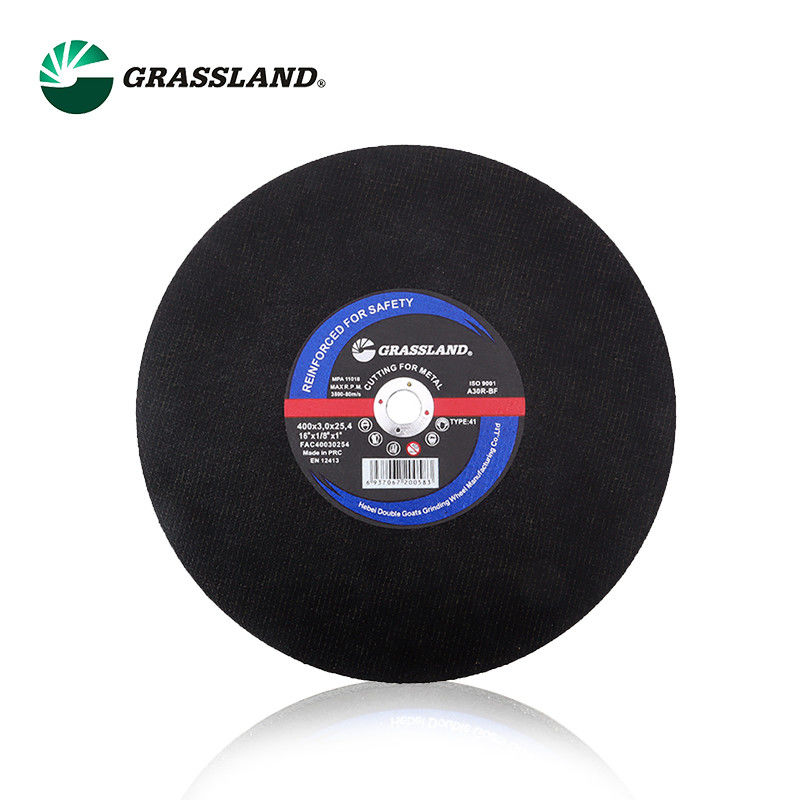The Art and Science of Natural Stone Grinding Wheels
Natural stone grinding wheels have been integral tools in various industries for centuries, serving as essential implements for shaping, polishing, and refining a wide array of materials. With a rich history rooted in craftsmanship and functionality, these wheels are revered for their durability, effectiveness, and the unique qualities they bring to the art of grinding.
Historical Background
The origins of grinding wheels can be traced back to ancient civilizations that recognized the utility of stone tools in their daily lives. As early as 3,000 BC, ancient Egyptians used rudimentary stone grinding wheels for polishing and shaping metal tools and jewelry. Over time, this technology evolved, with various cultures refining the methods and materials used in the creation of grinding wheels. The transition from hand-crafted wheels to more advanced forms in the 19th and 20th centuries marked a significant turning point, as industrialization paved the way for mass production techniques.
Composition and Construction
Natural stone grinding wheels are primarily made from coarse-grained stones like granite, sandstone, or basalt. These materials are chosen for their hardness, ability to withstand wear, and the quality of finish they can impart on the workpiece. The construction process involves shaping the stone into a wheel and creating a rough surface suited for grinding tasks. Some wheels may also be bonded with resins or metals to enhance their performance and longevity.
The choice of stone directly influences the grinding wheel’s properties. For instance, granite wheels provide a fine finish and are ideal for polishing applications, while harder stones like basalt are better suited for heavy-duty grinding tasks. The granularity of the stone also plays a critical role; finer grains produce smoother finishes, whereas coarser grains facilitate faster material removal.
Applications
Natural stone grinding wheels have a broad spectrum of applications across various industries. In woodworking, they are utilized for shaping and polishing wood pieces, producing smooth surfaces that enhance the aesthetics of the final product. In metalworking, these wheels are indispensable for sharpening tools, grinding down welds, and achieving precise cuts on metals.
natural stone grinding wheel

Furthermore, in the stone industry itself, these wheels are employed for shaping and finishing natural stone tiles, slabs, and sculptures. Their ability to grind without generating excessive heat minimizes the risk of damaging the material, making them a preferred choice among stone masons and sculptors.
Advantages
One of the primary advantages of natural stone grinding wheels is their durability. Unlike synthetic wheels, they do not degrade quickly, making them a cost-effective solution for long-term use. Additionally, natural stone wheels produce less dust and noise compared to their synthetic counterparts, creating a more environmentally friendly work environment.
Moreover, the natural abrasiveness of stone allows for efficient material removal while imparting a desirable finish. Craftsmen often praise these wheels for the unique textures and patterns they can create, which are often sought after in artisanal and bespoke applications.
Maintenance and Care
To maximize the lifespan and effectiveness of natural stone grinding wheels, regular maintenance is crucial. Users are advised to clean the wheels after each use to prevent the build-up of debris, which can hinder performance. Additionally, periodic dressing, or reshaping of the wheel surface, is necessary to maintain optimal grinding efficiency.
Proper storage is also essential; wheels should be kept in a dry, stable environment to prevent degradation. When not in use, covering the wheels can protect them from dust and moisture, further enhancing their longevity.
Conclusion
Natural stone grinding wheels are an enduring staple in the world of craftsmanship, blending historical significance with modern practicality. As industries continue to evolve, the value of these traditional tools remains evident, providing artisans and technicians alike with the reliability and performance necessary to produce high-quality work. Whether used in woodworking, metalworking, or stone finishing, natural stone grinding wheels are a testament to the marriage of nature and craftsmanship, ensuring that the art of grinding remains alive for generations to come.
Post time:Dec - 05 - 2024

















